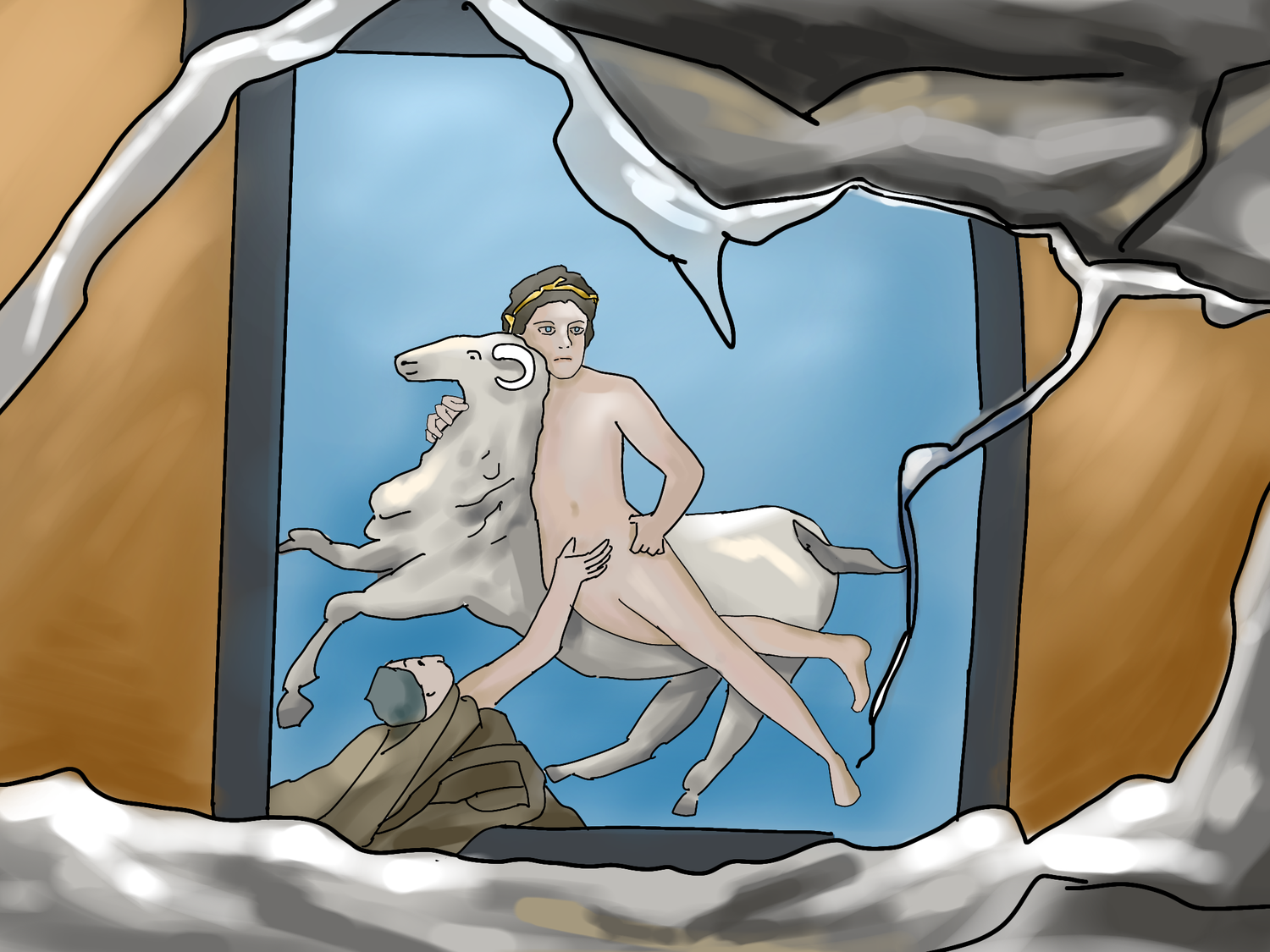
News
Encampment Protesters Set Monday Deadline for Harvard to Begin Negotiations

News
73 Harvard Undergrads Win 2024 Hoopes Prize for Senior Theses

News
Faculty of Arts and Sciences to Consider Starting Faculty Senate Planning Process

News
Harvard To Install 3-Foot Barriers During Freshmen Move Out as Yard Remains Occupied

News
Harvard Extension Student Association Elections Abruptly Postponed Over Alleged Campaign Rules Violations
What the Hell Happened: The Unexpected Discovery of Ancient Frescoes in Pompeii’s Ruins

In the shadow of Mount Vesuvius lies Pompeii, an ancient city that has captured the world’s imagination since excavations began in the 18th century. This site continues to yield astonishing insights into ancient Roman life, with the latest discovery being particularly breathtaking as it challenges our perceptions of Roman artistry and daily life. The recent discovery of stunning frescoes in this city, frozen in time by the catastrophic eruption of Mount Vesuvius in 79 C.E., offers a deep dive into the vibrant cultural tapestry of the Roman Empire.
Archaeologists have unearthed several frescoes — a type of mural painting — that rank among the most important ever found at this renowned archaeological site. The recent excavation revealed artworks of mythological figures such as Apollo and Cassandra and others that once adorned the high walls of a large banquet hall, painted predominantly black to mask stains from the oil lamps that illuminated the space after dark. In an interview with the BBC, the site’s director, Dr. Gabriel Zuchtriegel, remarked that, “In the shimmering light, the paintings would have almost come to life,” enhancing the ambiance with their vibrant, almost ethereal appearances.
The frescoes depict an array of figures seemingly emerging from the shadows, creating a dramatic effect that highlights their detailed execution and vibrant colors. This method of painting not only showcases the Romans’ artistic skill but also reflects their understanding of visual impact and thematic storytelling through art.
Dr. Roberta Prisco, the chief restorer of the site, shared the immense pressure and passion involved in preserving these artworks: “What we’re uncovering and protecting is for the joy also of the generations that come after us,” Prisco said in an interview with the BBC. The frescoes are protected on-site with temporary roofing and reinforced with plaster glue to prevent deterioration, as they cannot currently be moved to a more secure location.
These frescoes provide profound insights into the social and cultural aspects of Roman life. The banquet hall, likely a venue for elite gatherings, illustrates the sophistication of social rituals among Pompeii’s upper class. Dr. Alessandro Russo, the co-lead archaeologist, pointed out a ceiling fresco depicting theatrical masks and Egyptian characters, highlighting the cosmopolitan influences and the high-status individuals who frequented this space.
Moreover, the excavation offers a reminder of the human stories lost to time. Near the site, archaeologists uncovered skeletal remains believed to be of slaves who died during the eruption. This aspect adds a tragic note to the discovery, juxtaposing the grandeur of Roman art with the harsh realities of Roman society.
Pompeii’s excavation is far from complete, as almost a third of the city is still buried under volcanic ash. Each layer unearthed brings us closer to understanding the complexities of Roman life. The ongoing digs not only enrich our view of the past but also continue to challenge and expand the expertise of archaeologists like Dr. Gennaro Iovino, who said, in an interview with the BCC, “When we excavate, we wonder what we’re looking at. Much like a theater stage, you have the scenery, the backdrop, and the culprit, which is Mount Vesuvius.”
The discovery of these Roman frescoes not only adds a new chapter to Pompeii’s story but also reinvigorates the dialogue of modern society’s perception of Greco-Roman antiquity. As the excavation in Pompeii continues, its frescoes serve as a vivid reminder of the city’s vibrant past and the enduring legacy of Roman artistic expression.
—Staff writer Rachel A. Beard can be reached at rachel.beard@thecrimson.com.
Want to keep up with breaking news? Subscribe to our email newsletter.
